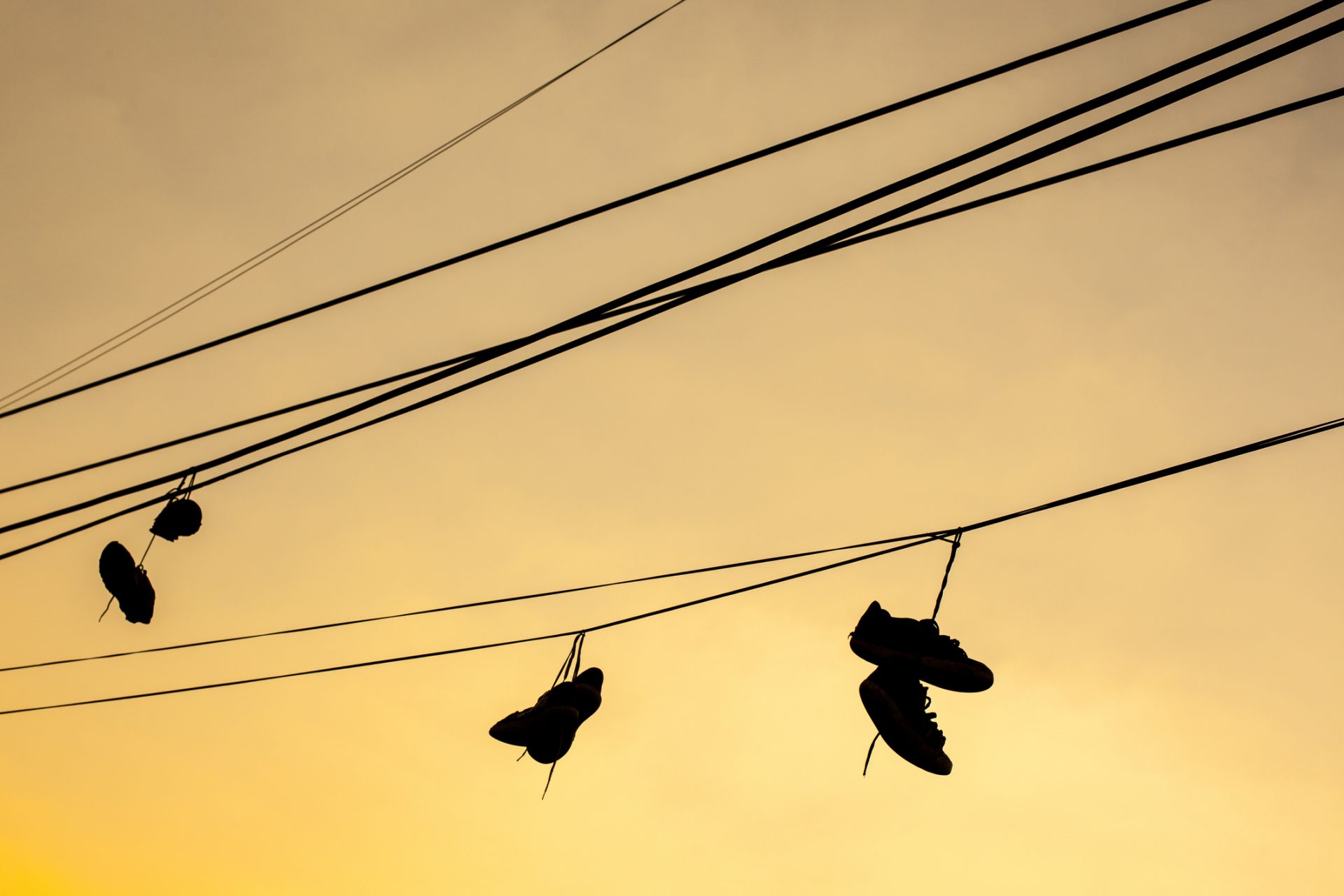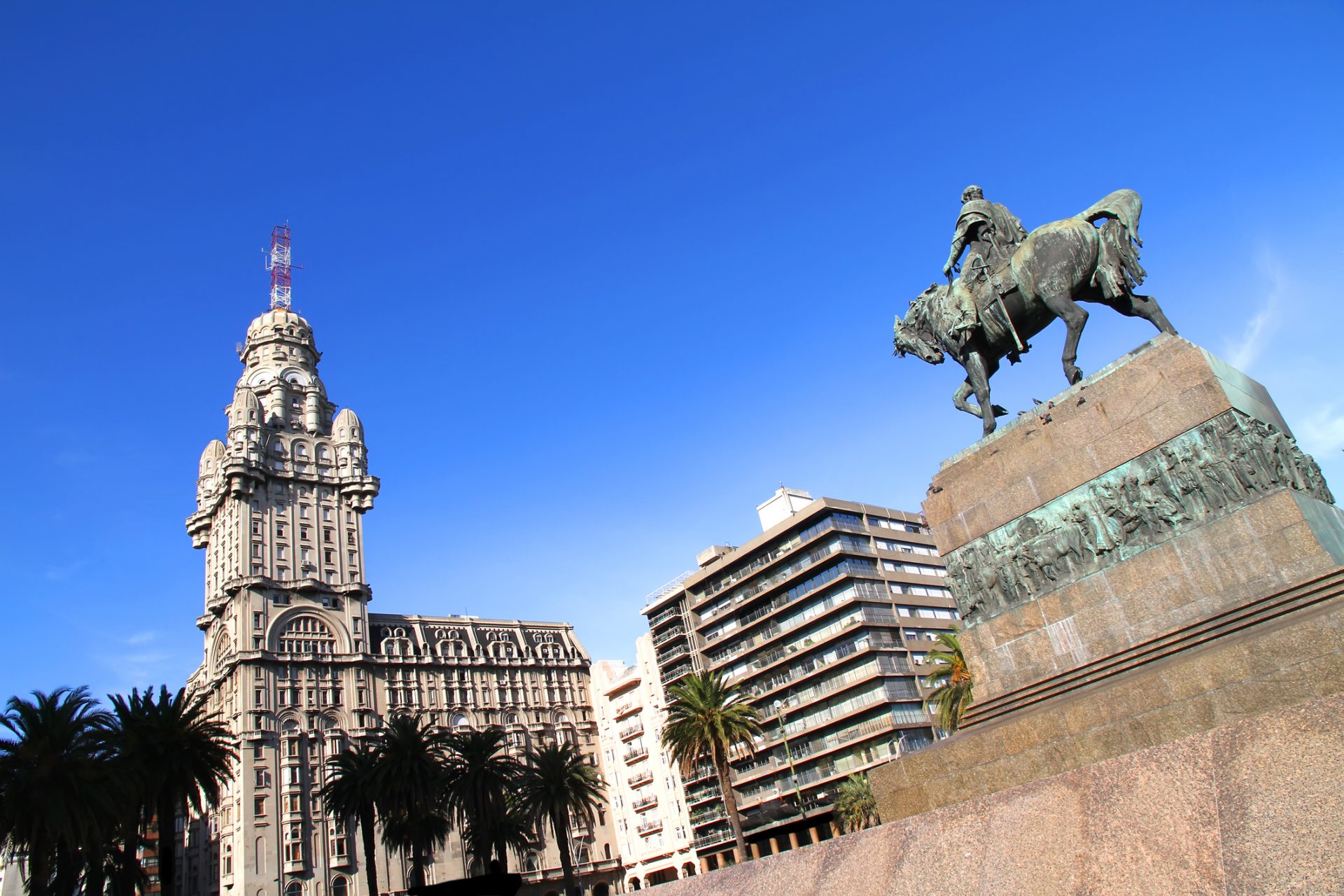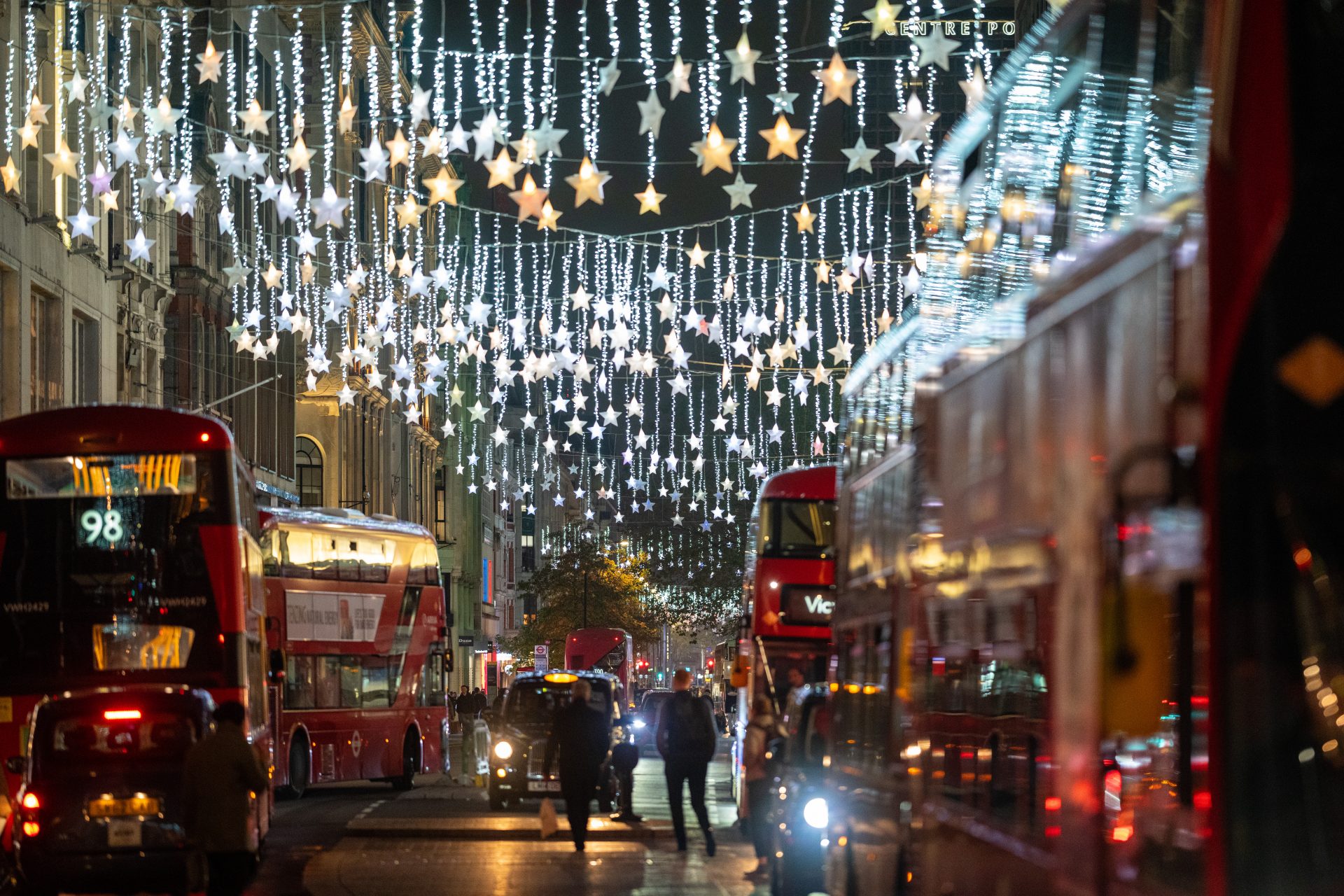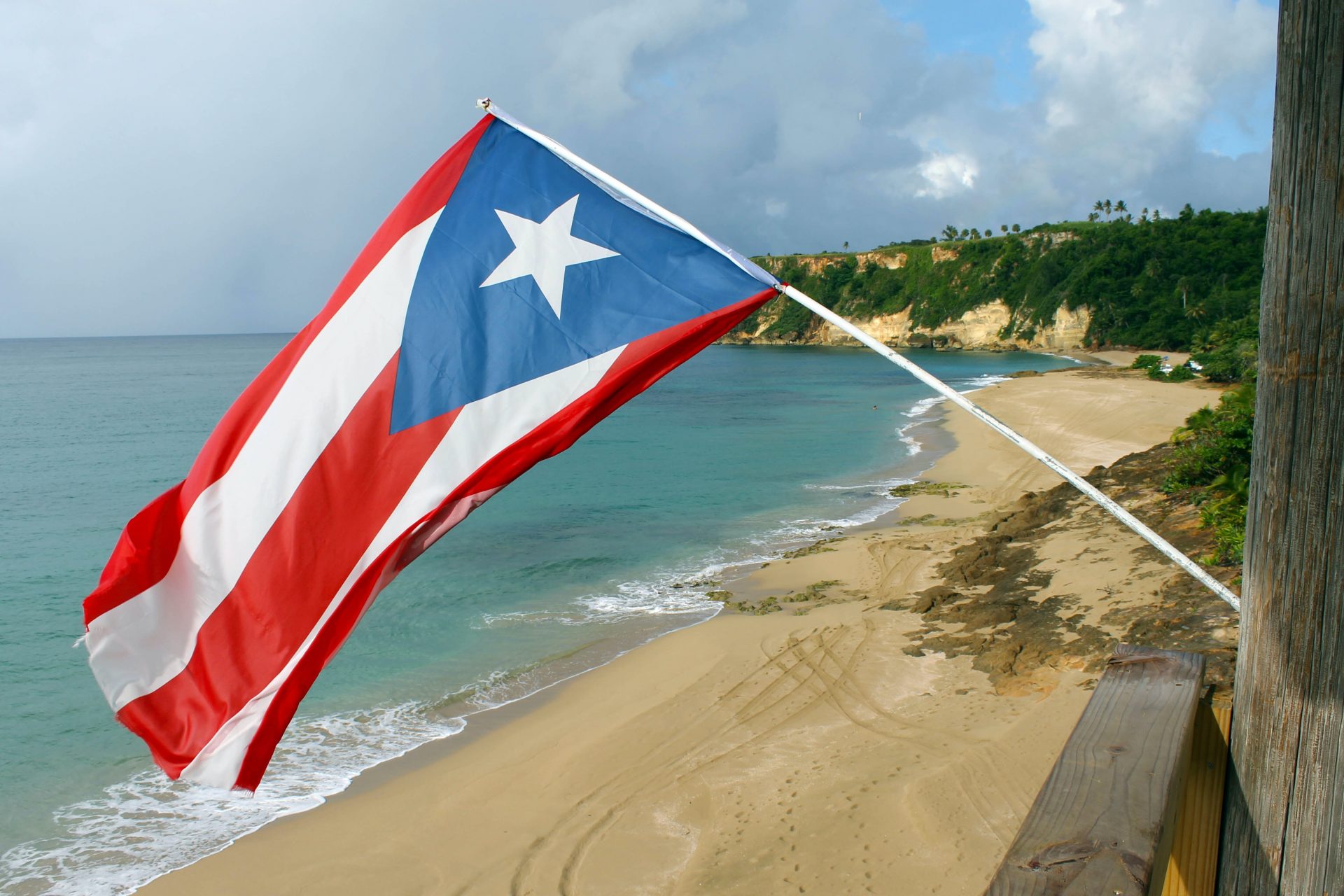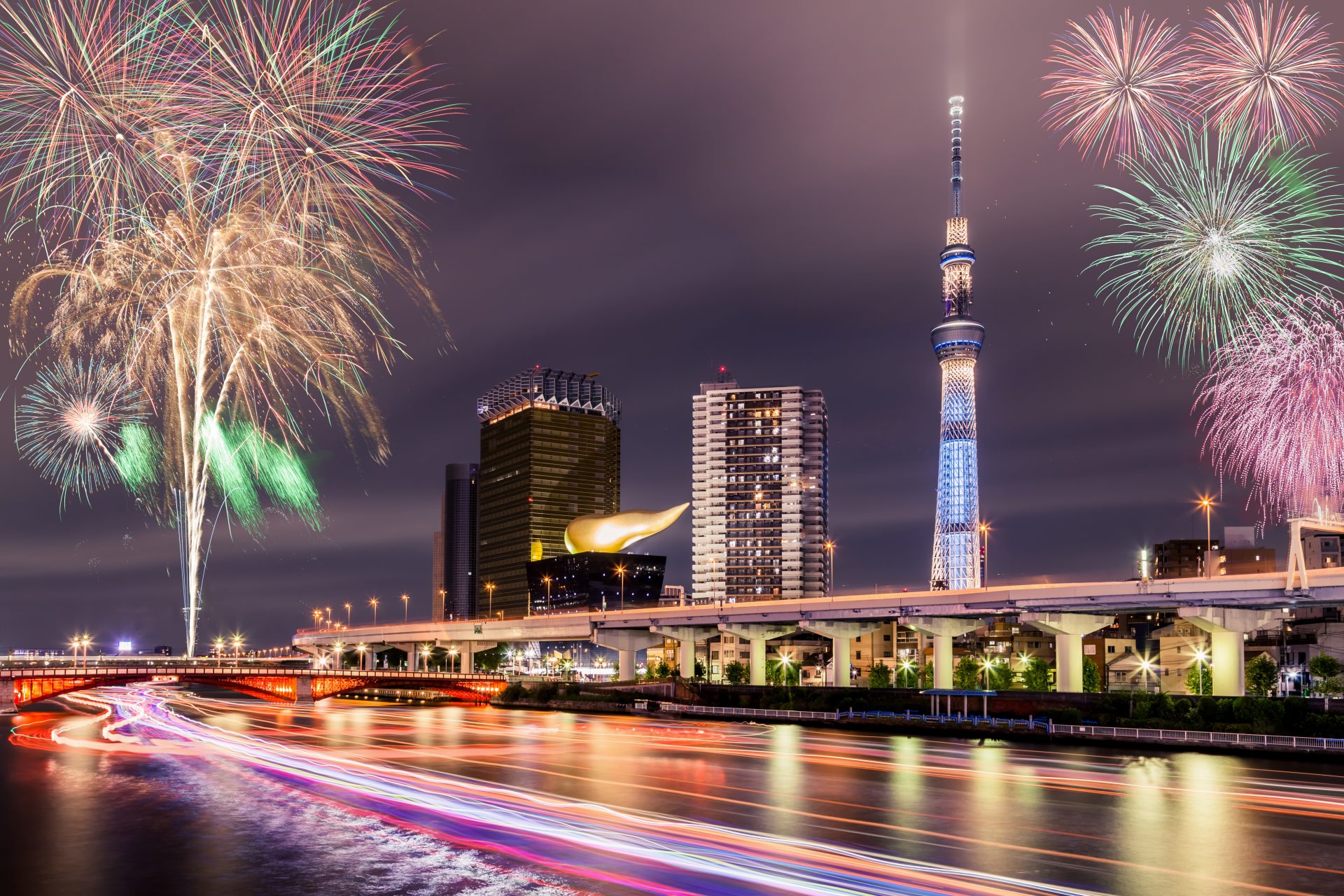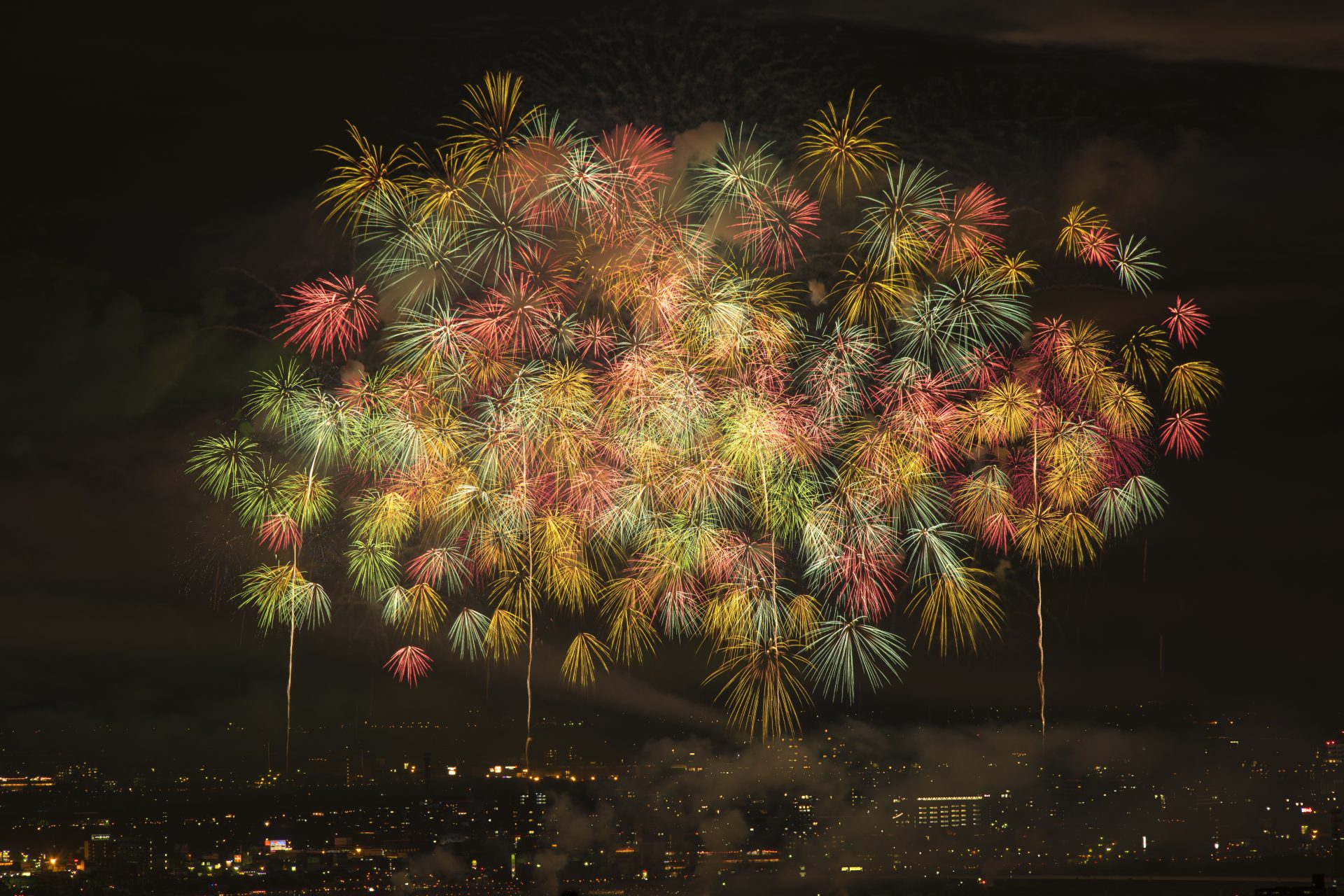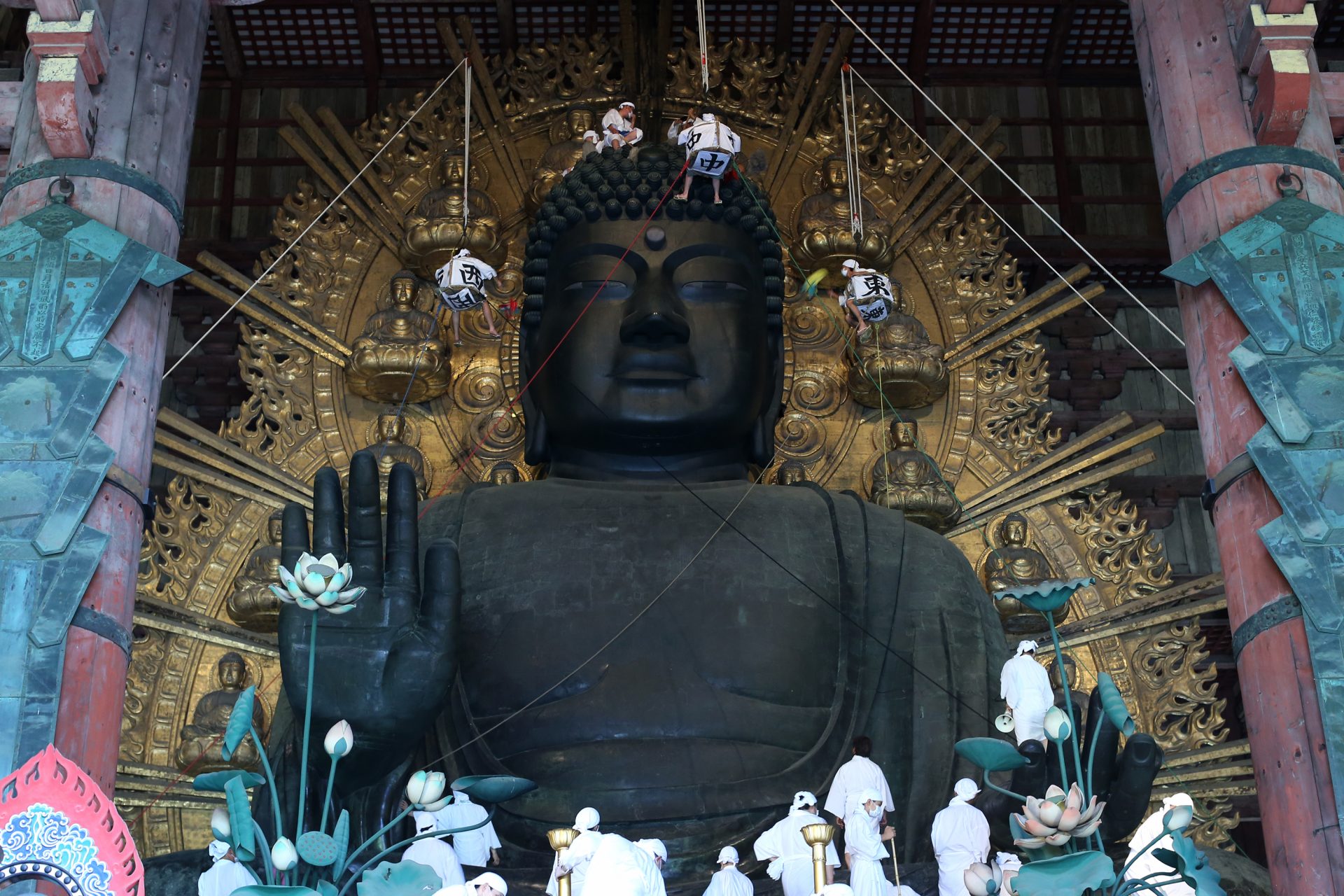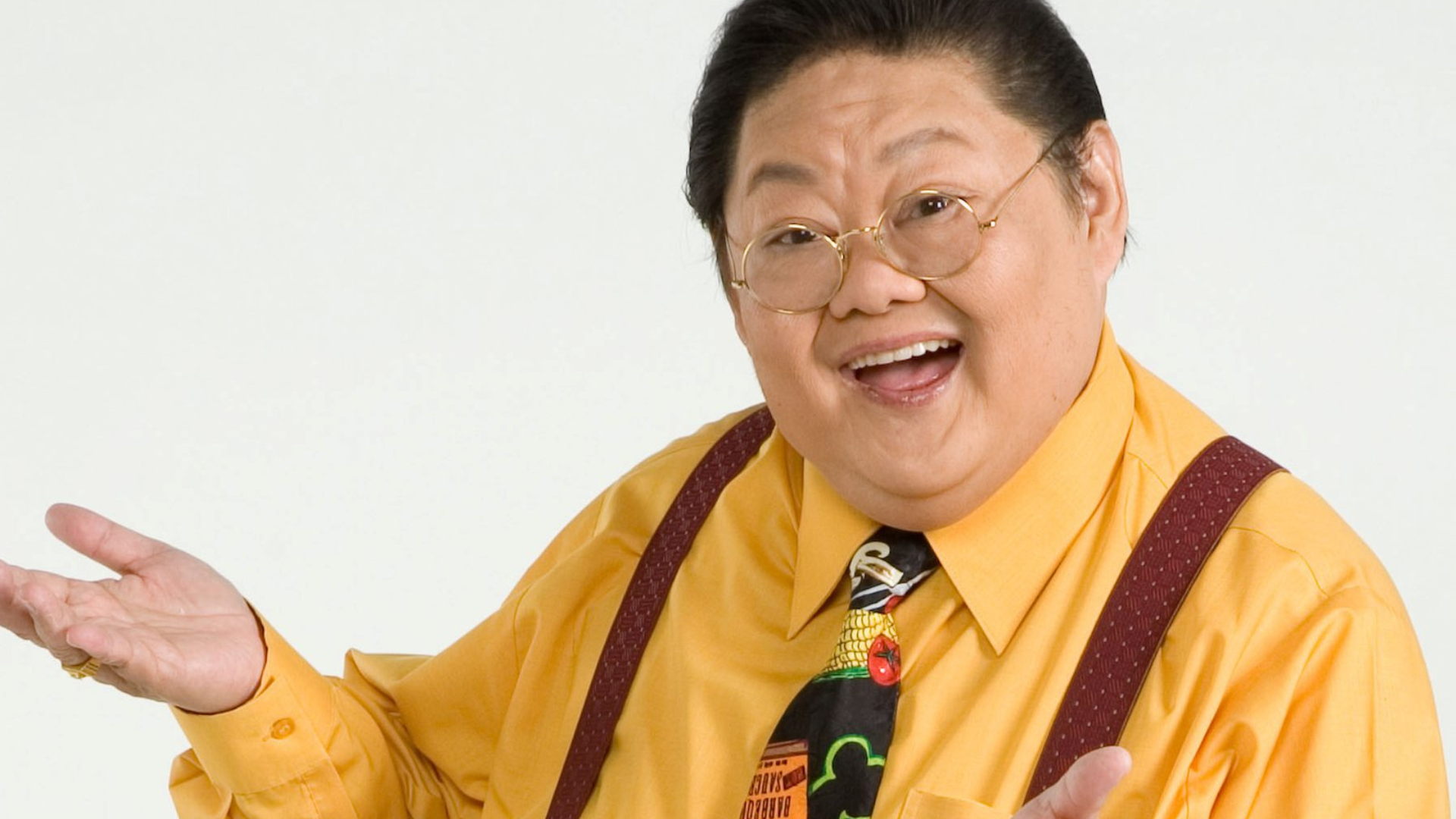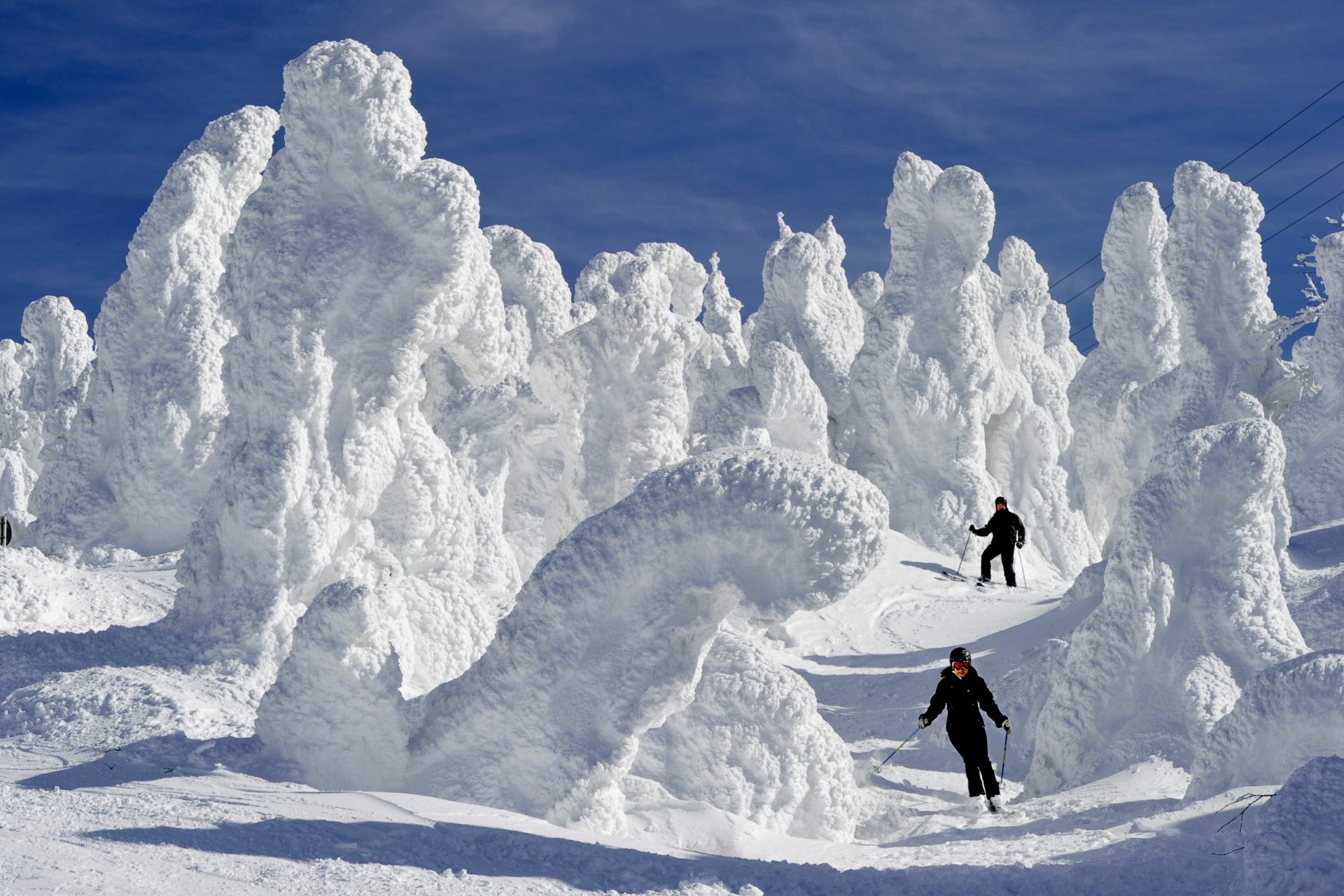New Year's Eve traditions you probably didn't know about
In several Latin American countries, it is customary for people who wish to travel abroad to fill their suitcases with clothes and hit the streets as quickly as possible before the last bell of the old year.
In Ecuador, one of the most common traditions is to burn a 'monigote'. It's a doll that represents the past year. Among the most common dolls are politicians, football players, and superheroes.
Photo: Alexander Schimmeck / Unsplash
When celebrating an achievement, Mexicans sometimes throw their shoes across an electricity cable. However, when the new year starts, they do something else. In the hopes of an economic bonanza, some Mexicans put bills inside their shoes all night long on New Year's Eve.
In Denmark, after the New Year's Eve dinner, everyone breaks the plate on which their meal was served. These dishes must be broken at the doors of the people they love most, as a symbol of good luck.
Image: Chuttersnap / Unsplash
In Brazil, most of the residents dress in white at the end of the year to ensure that the new year is one of peace and tranquility.
Photo: Rafael Alcure / Unsplash
The Copacabana beach in Rio de Janeiro becomes a beautiful setting where the sky lights up with colors.
It's very common for Brazilians to go to the seashore and jump over seven waves or leave offerings there, such as champagne or flowers.
Photo: Guy Kawasaki / Unsplash
For those who do not live close to the sea in Brazil, a rather peculiar ritual consists of sucking seven pomegranate seeds before the last bell rings in the new year at midnight.
Photo: Sahand Babali / Unsplash
In the old days in Mexico, some communities fired bullets in the open air to drive away evil spirits. Nowadays, they launch fireworks.
Photo: Jezael Melgoza / Unsplash
In Venezuela, some people wear their underwear backward on New Year's Eve. They believe this ritual attracts abundance and keeps bad luck away. Moreover, in Colombia, Peru, Ecuador, Bolivia, Mexico, and Venezuela, the tradition is to wear red or yellow underwear. Red is for love in the new year, yellow is for wealth.
Image: Bruce Christianson / Unsplash - edited for this article by Showbizz Daily
In a tradition practiced in Venezuela during the last bells of the old year, people climb stairs to encourage the achievement of their goals for the new year.
In some places in the United States, people gather to sing 'Auld Lang Syne', an Irish song that says goodbye to the old year.
Americans have a tradition for New Year's Eve: they kiss another person at midnight to avoid being lonely in love in the following year. The New Year's kiss is a known trope in romantic movies. For example, the legendary 'When Harry Met Sally' (image) includes the special ritual.
In Uruguay, people throw buckets of water on the roads to eliminate obstacles to the new year.
Furthermore, in many Latin American cultures, washing the sidewalk with water is believed to help clean bad energy along with waste.
Italy has a tradition that is supposed to incite abundance in the new year. After the bells announce the new year, Italians put a few spoonfuls of lentils in their mouths. The more one eats, the more they will own in the next year.
England has a tradition of punctuality. "First footing" is the name given to this curious tradition.
The tradition consists of being the first one after the first bells of the new year to arrive at the house of some relative. You will be well received if you make it first because you will be considered as the carrier of good luck and gifts for the owners of the house.
Puerto Rico has a tradition designed to preserve your romantic relationship. Puerto Rican couples exchange a piece of clothing with their partner to have a good connection and communication for the next year.
Photo: Ana Toledo / Unsplash
Some residents of Puerto Rico clean their entire house to leave all the bad things behind and receive the new year tidily.
In El Salvador, people write their wishes on a sheet of paper and then burn the sheet to symbolize the realization of those goals.
Salvadorans usually pour a whole egg into a glass or container at midnight and leave it near a window. The next morning, they check the egg and interpret what image the egg displays. This image represents the fortune they will have in the new year.
Photo: Mario Verduzco / Unsplash
The Asian continent also has its traditions.
In the Philippines, people fill the streets with polka-dotted fabrics that represent coins. They also carry their pockets full of coins and make a clinging sound with them after the bells of the new year.
Image: Faisal Waheed / Unsplash
In many Asian countries, the New Year is not celebrated on January 1st. Exceptions are South Korea and Japan (image).
Japan, with a population of approximately 127 million people, is one of the countries awaiting the arrival of the new year on December 31.
It's amazing to think that a country like Japan is almost paralyzed for three days to celebrate New Year, one of its most important holidays of the year. For the Japanese, it is essential to spend the end of the year with their families.
In Japan, people meet on December 31st at midnight to see the year arrive and wish each other a happy new year. On January 1st, they make a pilgrimage to the temples to give thanks and pray for a good year. Before leaving their houses, they select the things they will no longer use in the new year and burn them in the temples.
One tradition that is counted as Spanish but has spread to other countries (especially in Latin America) is that of eating 12 grapes along with each of the bell rings counting down to the new year.
In countries like Ecuador, Colombia, Venezuela, Puerto Rico, Nicaragua, Costa Rica, Mexico, Peru, and El Salvador, people eat 12 grapes and/or 12 cherries, each representing a wish for the following year. The goal is to eat these fruits as quickly as possible before the last bell announces the new year.
In Argentina and Mexico, people wear pink or red underwear to attract love in the new year. In addition, after the last bell rings in the new year, they start a walk where the first foot out will have to be the right one.



